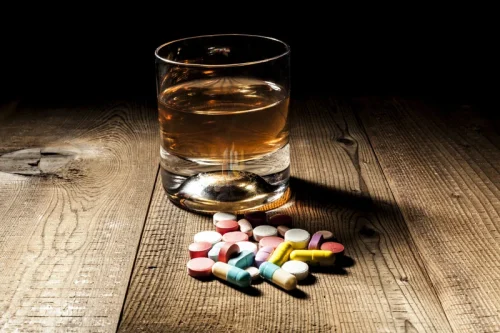
Timely assessment and accurate treatment are vital to preventing disease progression. Comprehensive patient care entails acute management and outpatient support in the hospital setting. In the inpatient setting, nurses perform frequent alcohol withdrawal syndrome symptoms assessments that inform the treatment plan.
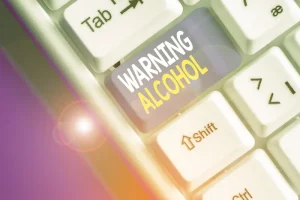
Guideline Development Team and Disclosures
The ultimate judgment regarding any specific clinical procedure or treatment must be made by the physician in light of the circumstances presented by the patient. Some patients require fixed dose therapy in combination with symptom-triggered therapy for optimal control of symptoms during hospitalization; for this patient cohort, the ACT consultation service should provide assistance. Do not use novel agents for the inpatient treatment of AWS at this time, due to insufficient evidence supporting their efficacy. Type A symptoms are the result of the CNS excitation described above. Pharmacological treatments for drug addiction these symptoms is traditionally accomplished with benzodiazepines.
- Based on survey data from 2019, 13% of individuals aged 12 and older used illicit drugs.
- A meta-analysis performed in 2010 by The Cochrane Collaboration showed that SMO (50 mg/kg/day) is more effective than placebo in reducing AWS symptoms score, with an efficacy equivalent to benzodiazepines and clomethiazole.
- In patients with renal failure the duration of effect of lorazepam increases.
- Valproic acid (400–500 mg tid) is able to produce a dose-dependent improvement of AWS symptoms 6, 81, with a reduced incidence of seizures and a protection toward the worsening of AWS severity (anti-kindling effect).
- Guideline recommendations were based on prospective randomized controlled trials (RCTs) if available, to the exclusion of other data; if RCTs were not available, observational studies were admitted to consideration.
Some Antidepressants Might Not Work in Chronic Disease Patients With Major Depression
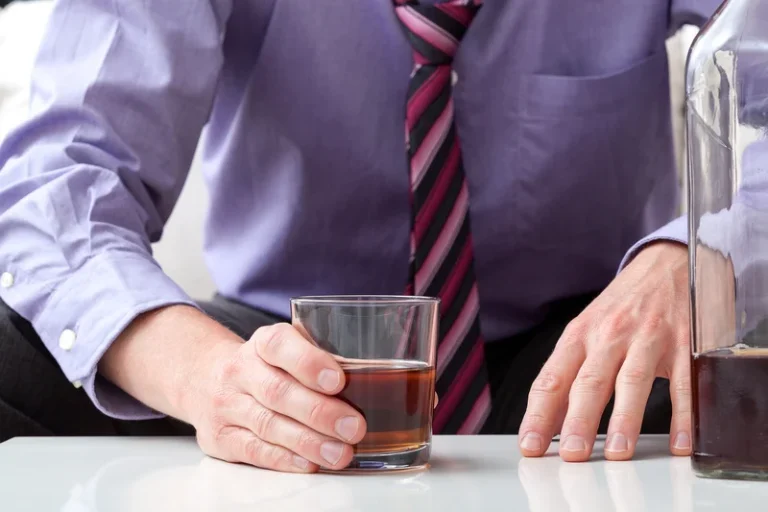
Neurotransmitters are chemical messengers in the brain and body that send messages between cells. This is how the body and brain communicate to allow a person to think, feel, act, and experience the environment. However, if they crave alcohol and are unable to get through an evening without it easily, this may be an addiction. When a person uses a substance regularly, the body becomes used to it and develops a tolerance.
Create a file for external citation management software
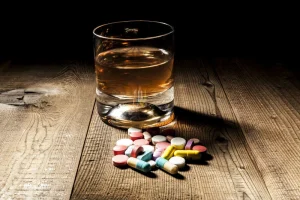
The lack of any significant side effect and of liver toxicity 103 makes it possible to use this drug for the treatment of AUD patients affected by liver disease 104. The risk of BZD toxicity is high during the early phase of the treatment and the patient requires a strict clinical monitoring to prevent BZD toxicity. However, this approach seems to produce the shorter treatment course secondary to the progressive auto-tapering of drug levels and to reduce the incidence of severe AWS promoting recovery from AWS 59. In clinical practice, physicians have the need to predict the probability of a patient to develop severe AWS. Up to 50% of AUD patients experience withdrawal symptoms 4, 5, a minority of whom requires medical treatment.
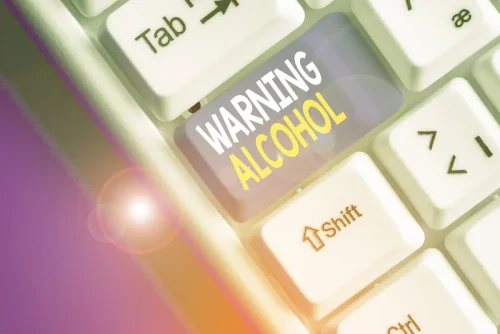
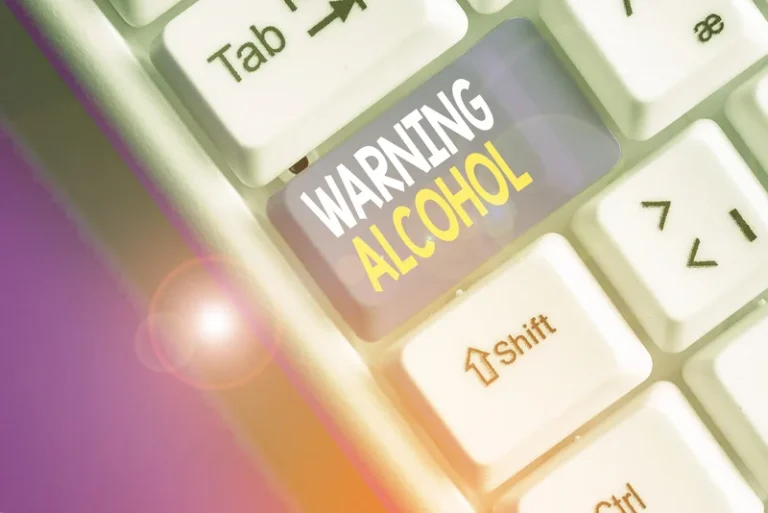
Make sure that others with you during this time know to call 911 right away. Talk to your doctor or an alcohol treatment specialist before you try tapering. They can help you understand what to expect and help you come up with a safe plan. You’re more likely to be deficient if alcohol was making up 30% or more of your daily calories.
- If you consistently consume significant amounts of alcohol, your CNS gets used to this effect.
- Alcohol withdrawal risk factors include a history of severe withdrawal (e.g., seizures or delirium tremens), long-term heavy alcohol use, older age, co-occurring medical or psychiatric conditions, and polydrug use.
- Magnesium and folate supplementation supports nerve function and helps reduce withdrawal-related fatigue and confusion.
Ecstasy increases the activity of neurotransmitters like dopamine, serotonin, and norepinephrine, triggering intense euphoria, emotional connection, and energy. However, this artificial surge depletes these chemicals, leaving people feeling tired, anxious, or depressed after the drug wears off. Over time, repeated use can damage the brain’s ability to regulate mood and emotions naturally. While MDMA comedown symptoms can be unpleasant, they usually resolve within a few days. However, it is rarely pure and may be mixed with other substances, such as amphetamines, ketamine, or harmful chemicals.
- The lack of any significant side effect and of liver toxicity 103 makes it possible to use this drug for the treatment of AUD patients affected by liver disease 104.
- However patients should be monitored for the risk of excessive sedation and respiratory depression 59, 62.
- Your doctor may be able to connect you with shelter programs for people recovering from alcohol addiction.
- Thiamine supplementation is critical in preventing Wernicke’s encephalopathy, a severe brain disorder caused by vitamin B1 deficiency.
- For two to seven days, doctors may manage your withdrawal with medications.
Generally, you may need treatment for alcohol misuse when you can no longer control the amount you drink or how long you drink. You may also know that you need help with alcohol misuse when you begin experiencing consequences directly related to your alcohol misuse—but you still can’t stop or cut back on the amount that you’re drinking. To learn more about when you may need help for alcohol misuse, visit our informational page on helping someone with an alcohol use disorder or take our alcohol misuse self-assessment. We tabulated the major recommendations from each source as regards the management of alcohol withdrawal with respect to severity of withdrawal, doses and regimen used in each study and the outcomes.